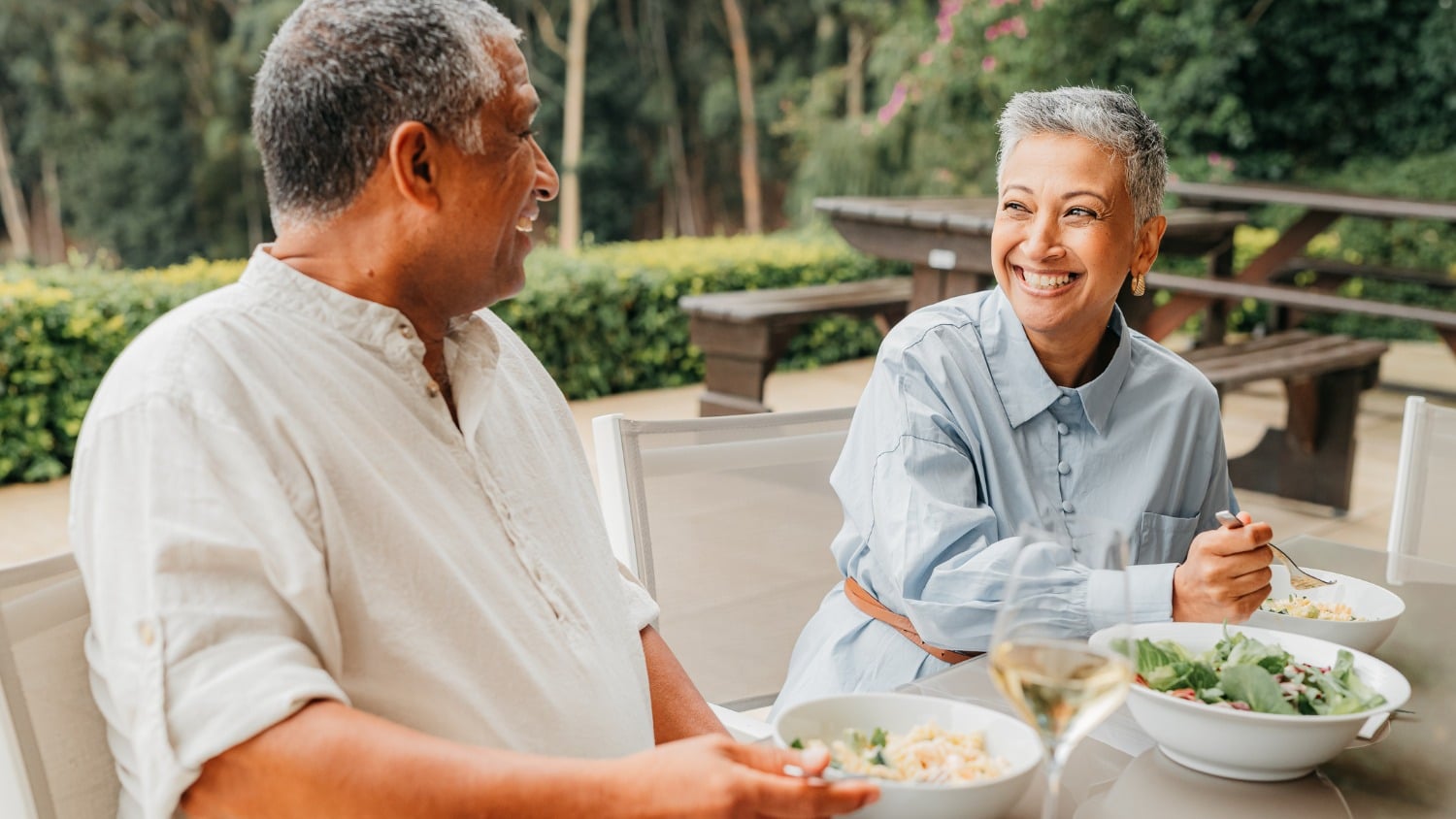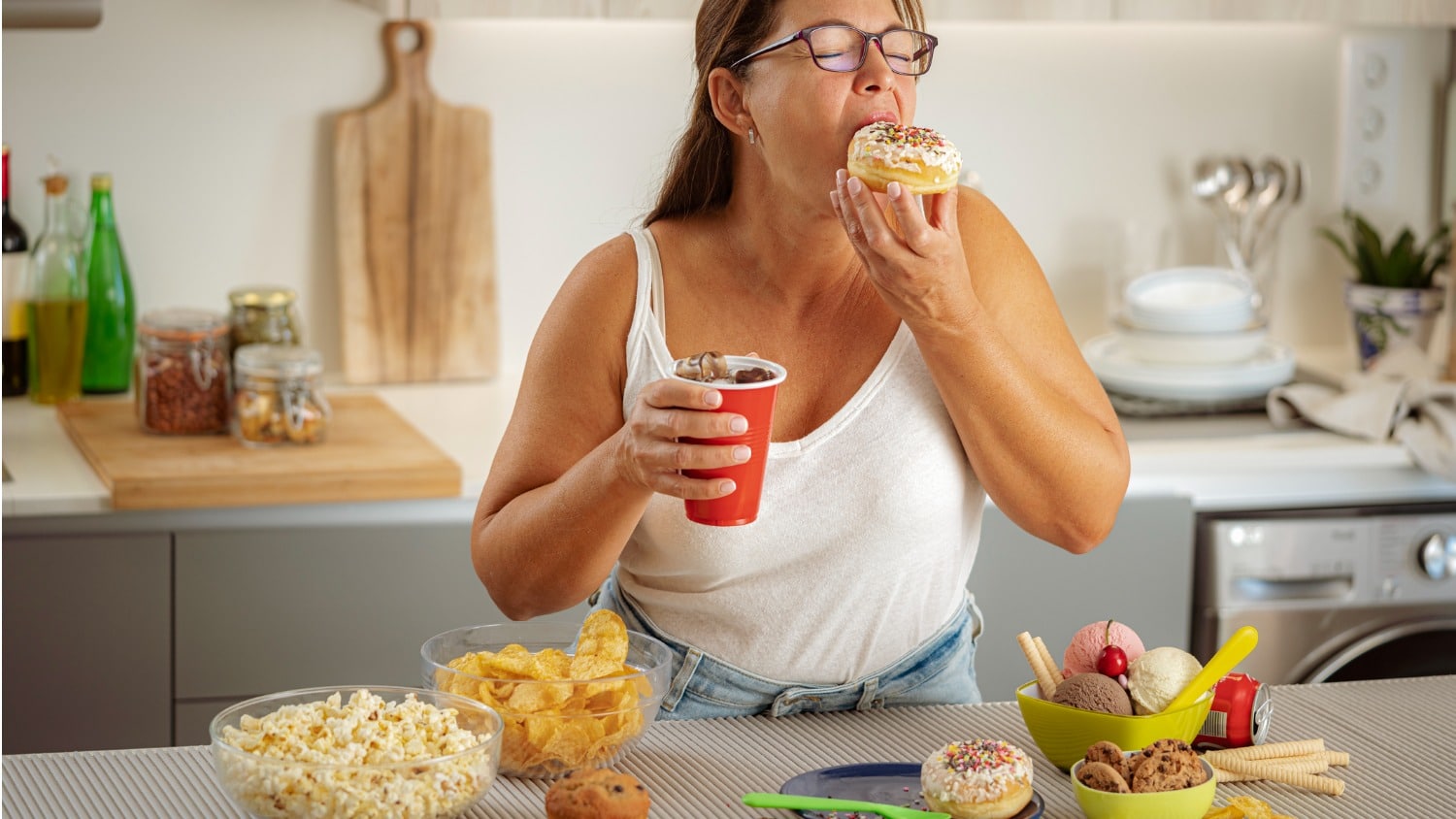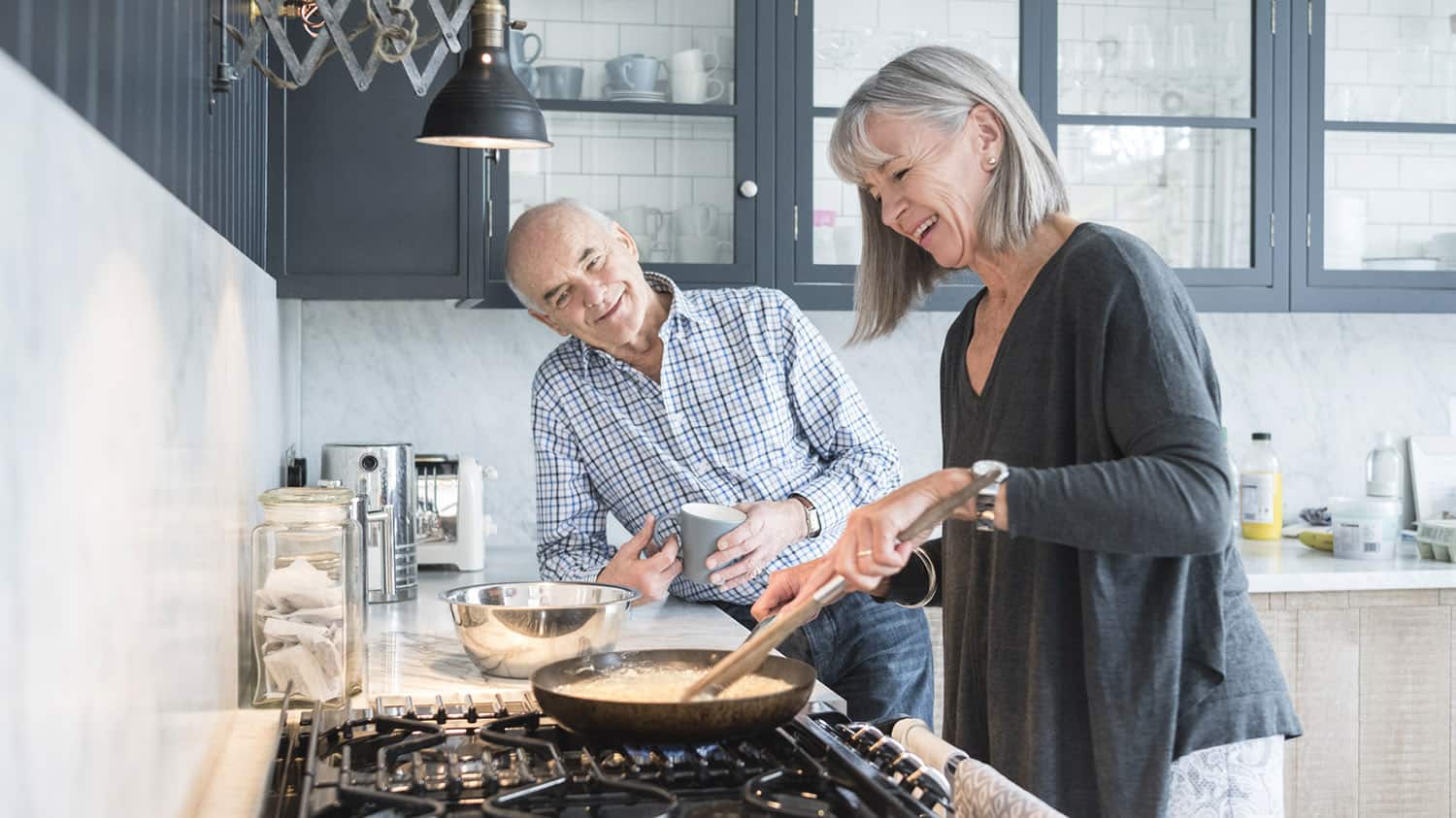
Nutrition Needs May Change as You Age: A Few Tips to Stay in Front of Them
There is no denying that a healthy, balanced diet can help you live longer, feel younger, and have more energy, but what we often don’t realize is that the definition of a healthy diet changes throughout our lifetime. For example, you may have lower calorie needs but increased nutrient needs as you get older.
What Causes Malnutrition?
As the U.S. population ages, malnourishment is also an increasingly growing concern. When a person doesn’t have enough food or doesn’t eat enough healthy, balanced meals, they may run the risk of malnutrition, and this may occur for a number of reasons:
Health Conditions
Older adults may have health conditions or medications that cause a loss of appetite, or they may be on restricted diets that make foods taste bland or change the texture of foods they used to love to eat. This is common with a puree diet, for example, when a person may be experiencing swallowing issues related to a decline in physical or cognitive health. Dental issues can make it difficult or painful to chew, reducing nutrient intake.
Cooking Limitations
Cooking at home isn’t always an option and many older adults opt for frozen meals or takeaway foods. Many of these foods are processed and don’t consistently have the needed range of nutrients that most people need, especially later in life. Older adults who usually eat alone may also lose interest in cooking a full, nutritionally balanced meal.
Social Cues and Reminders
Those living with cognitive decline may need cues and reminders to eat and if living alone, may forget to eat a meal altogether.
Many other factors – from income to addiction and mental health challenges – can also have direct and serious impact on the likelihood of malnutrition.
How Can You Fight Malnutrition?
While there is no one-size-fits-all for ensuring a healthy diet, here are a few things to keep in mind. Everyone is unique. When in doubt, connect with a primary care doctor or another trusted healthcare provider to ensure your needs are all covered.
Eat Frequent Meals
Prepare a few healthy snacks throughout the day. This is especially helpful if you need to get full more quickly at mealtimes. Nutritional shakes or supplements could also be an option if you notice weight loss.
Stock Up on Healthful Foods
Going to the grocery store isn’t possible for everyone, but it is easier today than ever to have healthy foods brought to you with online grocery delivery, meal delivery services, or even family and friends. If you’re still going to the store frequently, stock up on easy-to-grab snacks like nuts, fruits, and vegetables with hummus, cheese, and more.
Spice Up Your Plate
You may have noticed your tastes have changed, and you may even find that your favorite foods don’t taste the same as they used to, and there is a reason. The number of taste buds decreases as you age. To increase the five basic tastes – sweet, salty, bitter, sour, and savory – add colorful foods and different textures to keep it interesting versus adding unnecessary salt and seasonings. If your diet is now more restricted, try to add colorful, fresh herbs and spices to liven it up.
Consider Daily Supplements and Take Them Together
Eating certain nutrients and vitamins at the same time can help increase absorption levels as we age. These are just a few of the top ways to do this:
- Pair calcium with vitamin D for stronger bones.
- Eat vitamin C-rich foods (lemon, oranges, strawberries, sweet potato, etc.) with iron-rich foods like spinach, quinoa, fish, and lean meats, and poultry to increase the body’s ability to absorb these nutrients together.
- Magnesium can enhance your ability to process macronutrients, such as carbohydrates, resulting in improved metabolism.
- Zinc has been proven to be best absorbed with protein-rich meals, and they are many proteins rich in zinc like meat and seafood, oats, beans, and nuts.
Mix Up Your Protein and Get Plenty of It
Older adults typically eat too little protein. Incorporate various protein sources throughout your day and try to avoid eating the same protein meals repeatedly. Some protein sources that you might overlook include dairy, seafood, fortified soy alternatives, beans, peas, and lentils. Plant-based protein sources are a great way to diversify your diet.
It goes without saying, all adults – no matter your age – should limit foods with added sugar, saturated fat, and sodium on a regular basis. Enjoy those special treats on occasion but aim not to make them a daily habit. And again, when in doubt or just to make sure you’re on the right track, review your current diet with your healthcare provider to ensure any new plans and changes are right for you.
Let’s Have a Conversation:
What is your favorite protein-rich food? Do you typically eat the same few meals or switch it up? What is one new color and texture you can add to a meal this week? How do you ensure you are meeting your daily fluids? How can you support your loved one to purchase healthy food and snacks?
Tags Healthy Eating







Thanks for your comprehensive information citted , i agreed if you passed 40 year old you have to take care of your health specially while you have chronic disease such as diabetes
I notice that I eat too many carbs and am surprised at foods, such as bananas, that has carbs! I love my seafood, try to put more vegetables and soups in my diet. Love my ice cream!!
It’s important to take Vitamin D with calcium, but, it’s rarely reported that you also need Vitamin K2 with the calcium and Vitamin D. The K2 moves the calcium from your bloodstream and into bones and teeth which is crucial. Many multivitamins do not contain Vitamin K2 and we can’t really get what we need from food. All women over 50 need to do this.